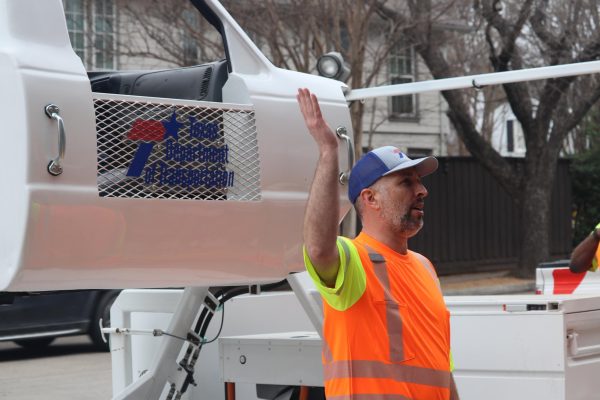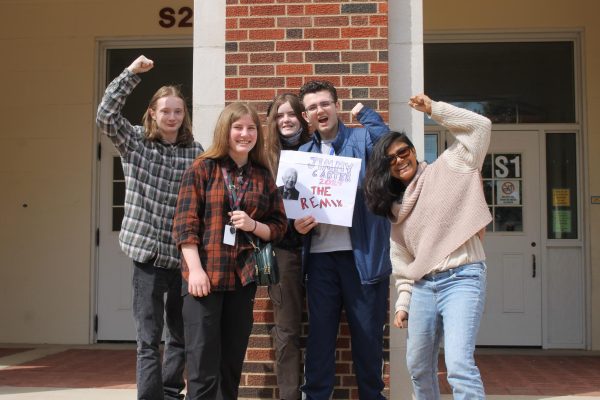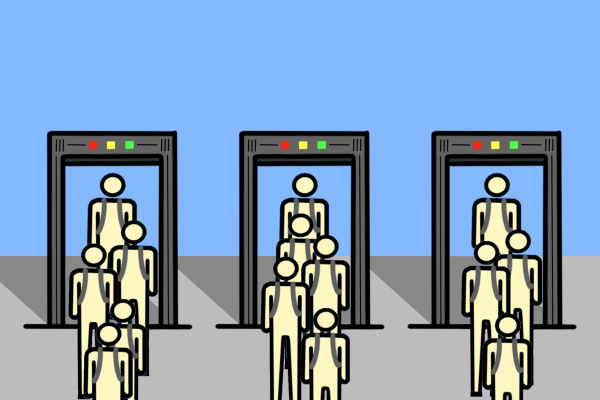Hawaii Missile Alarm
On January 14, a cell phone alert was accidentally sent to citizens of Hawaii warning of a ballistic missile attack leaving the town in panic.
“Ballistic missile threat inbound to Hawaii,” the alert read. “Seek immediate shelter. This is not a drill.”
Written in all caps, the message was mistakenly sent when a veteran employee of the Hawaii Emergency Management Agency mistakenly pressed the wrong button on his keyboard while performing a routine drill. Although this was the explanation given by Hawaii officials, many believe that this explanation was fabricated.
Hawaiian officials sent out a photo of the menu in which the wrong button was pressed to show what exactly was pressed and what the employee meant to press. As reported by the Washington Post, the photo includes no option for ‘ballistic missile defense,’ contributing to skepticism toward the claim. Also released was information that a confirmation button had to of also been pressed before the alarm would be sent to phones.
“Maybe it was a mechanical error,” freshman Ross Tharp said. “So when he clicked the button he was supposed to click [there] was a wiring problem [that] gave out the wrong signal.”
Freshman Matthew Sherrill holds a different opinion.
“I don’t believe somebody could accidentally [press the wrong button] and click the confirm button and call it an accident,” Sherrill said.
Just days after the false alarm was sent to Hawaii, Japanese officials reported a similar message being sent to their citizens warning of a North Korean missile attack. The message was sent over Japan’s public broadcaster, NHK, on Tuesday, Jan. 16 due to an employee of the company mistakenly operating the equipment used to send out alerts to citizens’ cell phones.
“[It’s] pretty sketchy that Japan had one days later, it definitely makes the story more fishy,” Sherrill said.
Japanese officials immediately apologized for the false alarm just five minutes after it was sent. For comparison, the Hawaii alarm was not confirmed as false until 36 minutes after it was sent.
“The guy who clicked it probably wasn’t completely aware that he [or the machine] made a mistake, so to be honest they probably had to make sure that there wasn’t a real missile,” Tharp said.
With Hawaii and Japan both giving out false signals, many rumors can be stirred up leading to North Korea or terrorist forces.
“You never know with North Korea,” Sherrill said.












